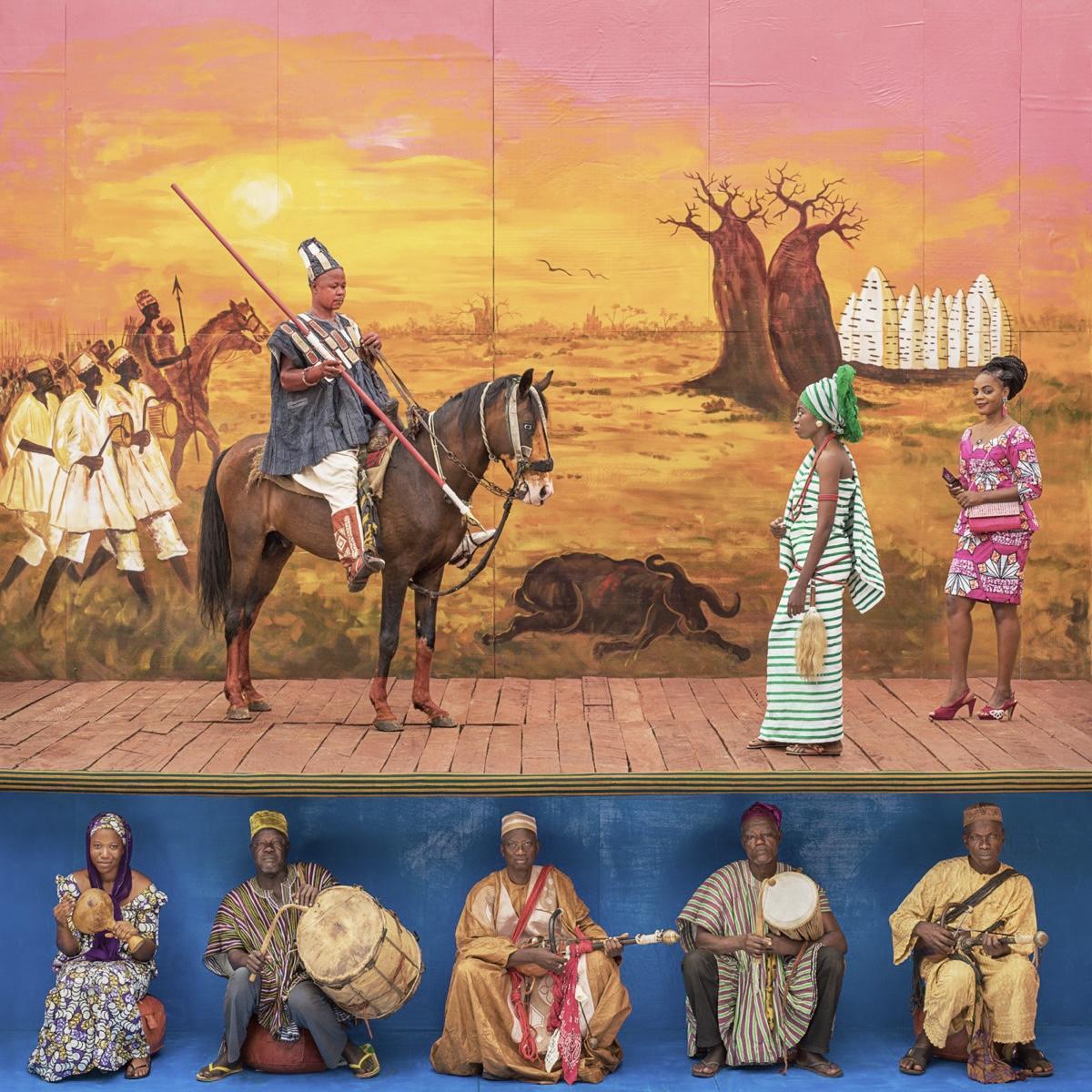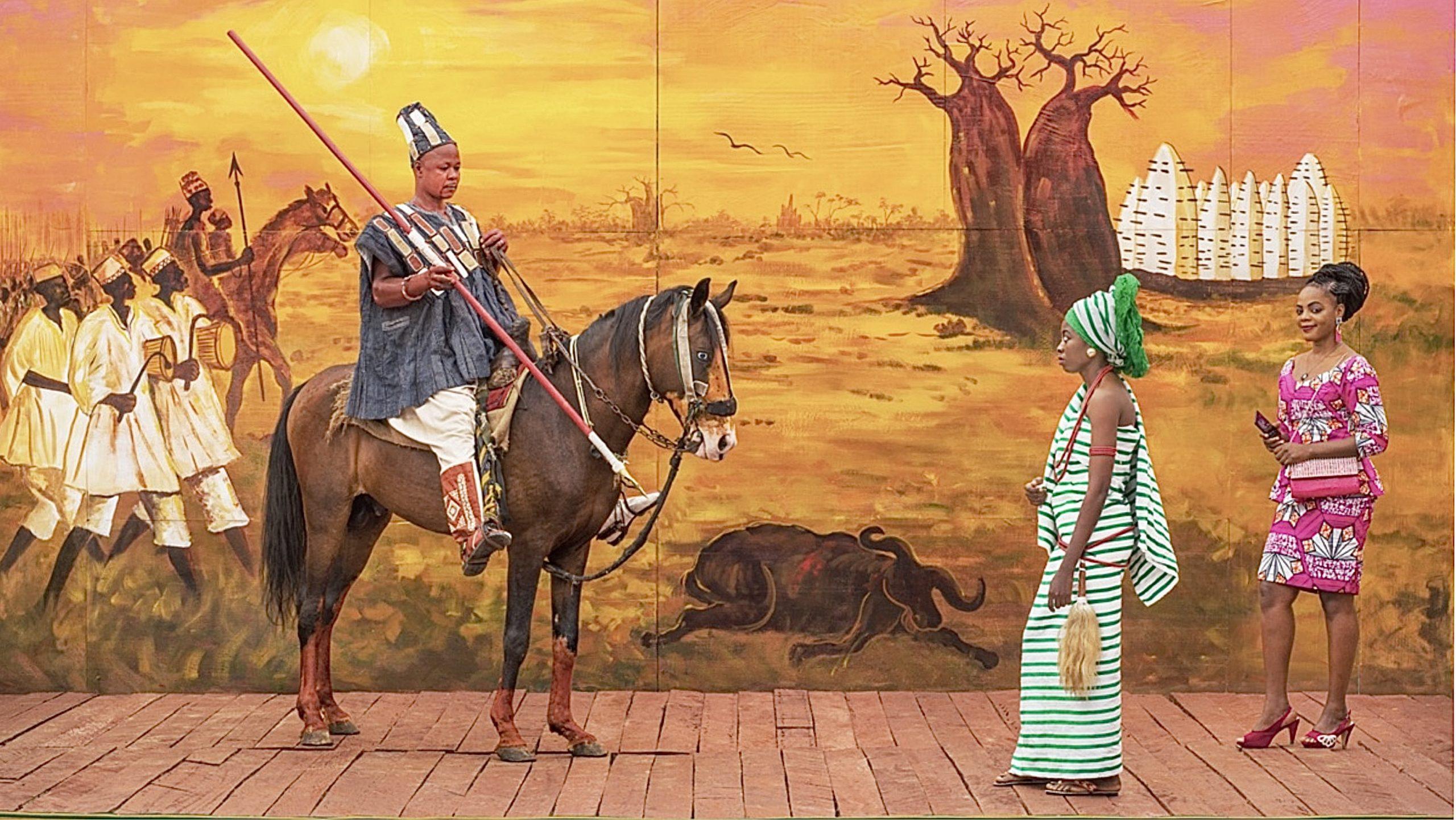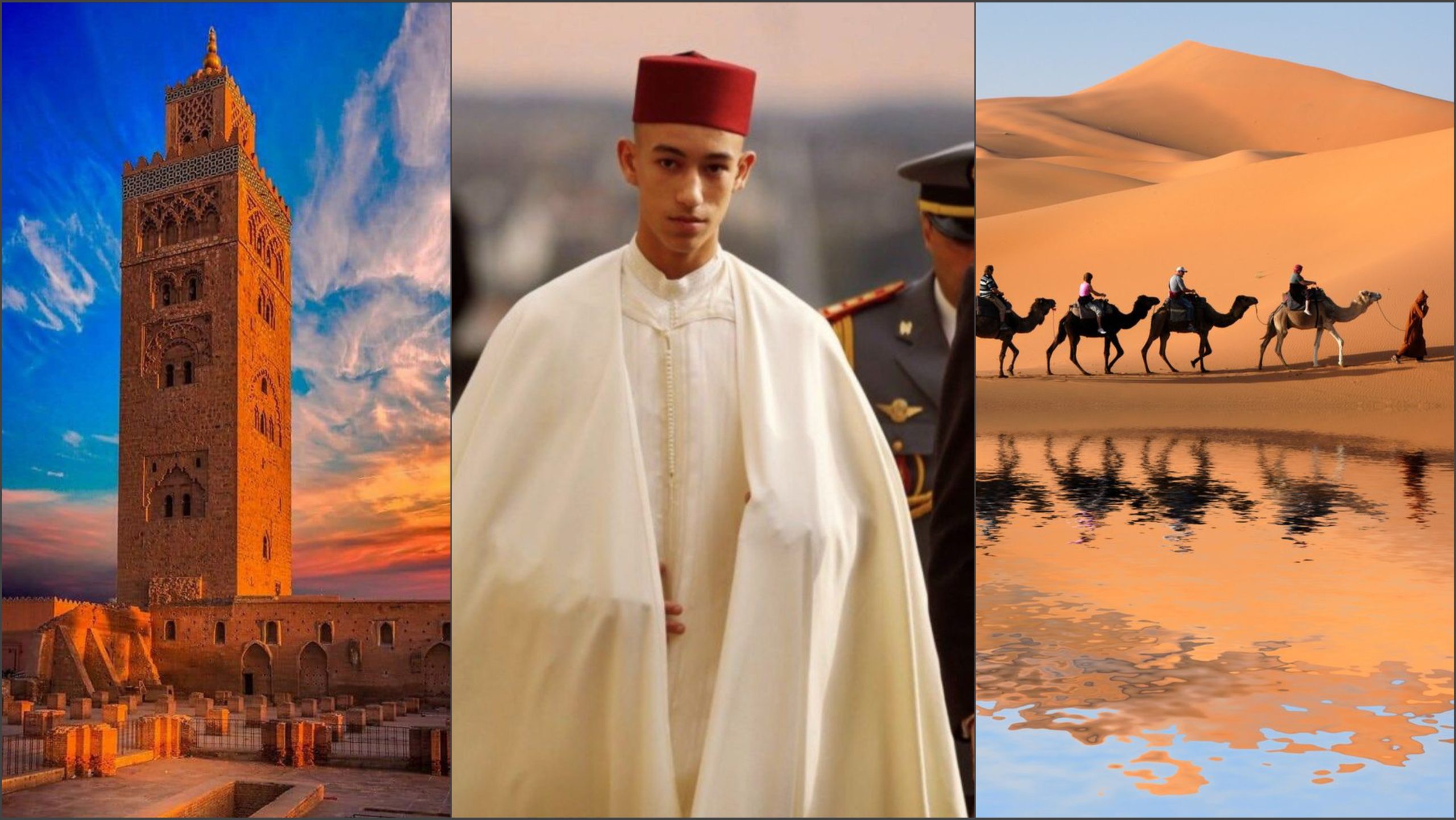Tohazee, the Red Hunter, created the Kingdom of Dagbon in the 11th century. In modern Ghana, it is one of the largest and oldest kingdoms.
The Kingdom of Dagbon is one of Ghana’s oldest and best-organized traditional kingdoms, having been created in the 11th century by the Dagomba people (Dagbamba). It encompassed the Northern, Upper West, Upper East, and North East parts of present-day Ghana at various times during its ascent.
Since Ghana’s independence in 1957, the Kingdom has acquired a traditional, customary role, as have all of Ghana’s kingdoms and ethnic states.
The history of the First Kingdom of Dagbon, which lasted from the mid-fifteenth to the late-seventeenth centuries, is nearly exclusively based on oral tradition, particularly drum chant.
The Second Kingdom, which lasted from roughly 1700 to 1900, is better known because, aside from drum chant, there are other sources of knowledge, some of which are unrelated to events in Dagbon.
Founding and First Kingdom (1400s–1600s)
The Dagomba people’s homeland, the Kingdom of Dagbon, was created in the 11th century. Drum chronicles contain accounts of the kingdom’s founding, monarchs, and conquest battles. These tales tell the account of Tohazhie, the “Red Hunter,” who led a small company of cavalrymen from Tunga, east of Lake Chad, through Zamfara, present-day Nigeria, before continuing on to Mali.

Tohazhie married Pag Wabiga, the daughter of Mali’s king, and had a son named Kpoginumbo(Ʒinani).
Kpogonumbo and his followers came into confrontation with the developing Songhay Empire in western Africa after serving temporarily in Mali, and Songhay reprisal raids moved Kpogonumbo and his men southward. Kpogonumbo then grabbed control and established himself as the ruler of Biun in Gurma.
His son, Naa Gbewaa (or Bawa), moved from Biun with some of his followers to Pusiga in Ghana’s northeastern corner, where he ruled until he went blind. Zirili, Naa Gbewaa’s son, succeeded him, but feuds amongst three of Zirili’s younger brothers–Tohagu, Sitogu, and Mantabo–led to the kingdom’s downfall.
Naa Gbewaa is remembered as the first king of the kingdoms of Dagbon, Mamprugu, and Nanumba, and as the founder of their governing dynasty through his sons.
Sitogu, Naa Gbewaa’s son, first resided in Gambaga before migrating south to Namburugu, near Karaga, and establishing the Dagbon state. Ya Naa, which means “king of strength,” became the king’s name. Sitobu visited indigenous peoples such as the Konkomba, Nafeba, Basare, and Chamba, who lacked centralized governmental systems except for the office of the tengdana or tindana–the earth priest, meaning “owner of the land.”
The tengdana presided over religious rituals and served as a liaison between the people and the land’s gods. Sitobu’s son, Naa Nyagsi, replaced him and began an expansionist campaign, murdering many tengdana and gaining control of the indigenous people. Naa Nyagsi founded his capital at Yendi (Yendi Dabari), near Tamale, in the Diyali region, and established a solid governmental structure by appointing his sons, brothers, and uncles as rulers over the conquered people.
Some members of the Konkomba were allocated military positions, while the surviving tengdamba continued to serve as earth priests.
18th century and Second Kingdom (1700–1888)
Because of constant wars with the Gonja people, the capital was shifted from Yendi Dabari to a new city (also called as Yendi) in the east in 1700. The Dagomba people suffered a great deal of harm as a result of a major clash at Daboya.
Naa Tutugri replied by beating the Gonja near Yen Dabari, but his successor, Naa Luro, could not tolerate the continuous conflict and shifted the capital to Yendi, despite defeating the Gonja in a subsequent battle. The Gonja followed them eastward, but in 1713, Naa Zangina decisively beat them and killed their chief, Kumpatia, at Sang near Yendi, putting an end to their raids.
Naa Zangina is credited with not only being the Dagbon’s first Muslim monarch, but also for stimulating trade. With the return of peace and the relocation of the capital to Yendi, a Muslim community arose at the Ya Naa’s palace in Yendi. The Mande Dyula, commanded by Sabali-Yarla, and the Hausa Muslims, led by the Kamshe Naa, strengthened Islamic dominance in the country.
These peoples, beginning with the Sabali-Yarna and later the Kamshe Naa, were in charge of the Ya Naa’s protecting prayers. The Walgu Naa, who made sure that the Ya Naa had his portion to “Drink the Qur’an,” the Nayil Liman, the Ya Naa’s imam, and the Yidan Kambala were also associated with the imamship at the Ya Naa’s palace, were Muslim titles, a symbol of the integration of Muslim elders into the governmental structure.
The Dagbon realm was linked to neighboring kingdoms like as the Fezzan, Egypt, and the Bight of Benin by trade with the Dyula, and later with the Hausa. Yendi was claimed to be larger than Kumasi and Salaga in 1788.
It shared cultural traits with and was influenced by various Sahelian kingdoms, including the Mossi Kingdoms, Mali Empire, Songhai Empire, and Hausa Bakwai, with whom Dagbon traded salt and kola nuts.
 The African History Truly African
The African History Truly African

